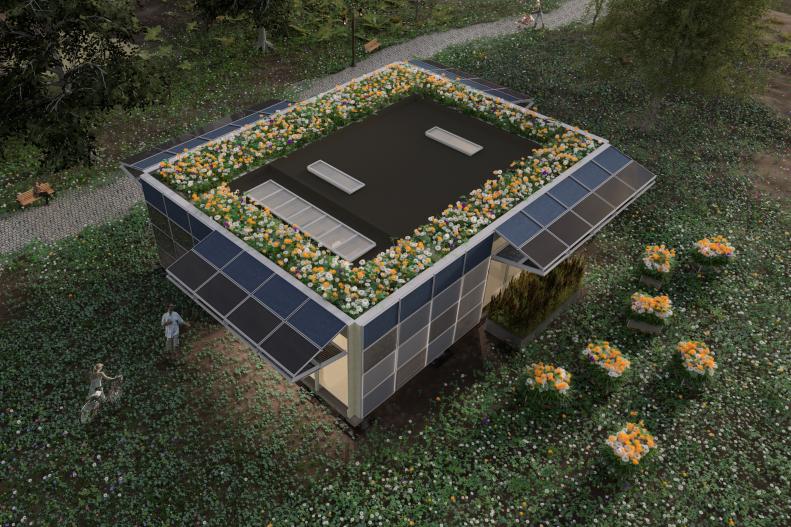1 / 8
Team Swiss Living Challenge House Design
Solar panels cover the walls of this home, designed by a team of students from four Swiss universities. It’s made out of laminated veneer lumber, which gives the team more design flexibility. The roof will collect rainwater, and a dry toilet will use worms to treat and recycle waste to help conserve valuable resources.









